Home>Furniture>Outdoor Furniture>What Screws Do You Use For Decking
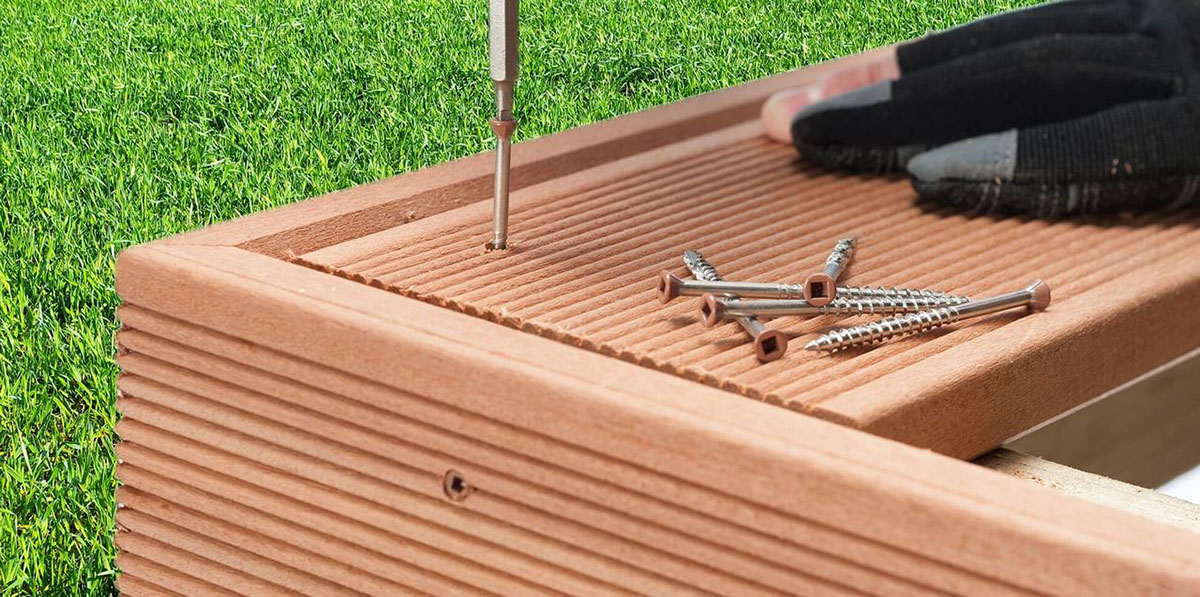

Outdoor Furniture
What Screws Do You Use For Decking
Modified: September 2, 2024
Discover the best screws for decking and outdoor furniture. Find out which types of screws are ideal for ensuring a durable and secure outdoor deck or patio furniture installation.
(Many of the links in this article redirect to a specific reviewed product. Your purchase of these products through affiliate links helps to generate commission for Storables.com, at no extra cost. Learn more)
Introduction
Welcome to the world of outdoor furniture! Whether you are looking to create a cozy patio retreat or a vibrant outdoor dining space, selecting the right furniture is crucial to achieving both comfort and style. One important aspect to consider when choosing outdoor furniture is the type of material it is made from. Different materials offer different levels of durability, maintenance requirements, and aesthetics.
In this article, we will explore some of the top materials used in outdoor furniture and the benefits they offer. So, grab a chair, settle in, and let’s dive into the world of outdoor furniture materials!
Key Takeaways:
- Choose the right decking screws based on material, environment, and aesthetics. Pre-drill and countersink for a professional finish. Regular maintenance and prompt replacement ensure a sturdy and beautiful deck structure.
- Properly sized and installed decking screws are crucial for a stable and long-lasting deck. Regular cleaning, inspections, and prompt replacement of damaged screws are essential for maintenance.
Types of Decking Screws
When it comes to installing decking, using the right type of screws is essential for a strong and durable structure. There are several types of decking screws available, each designed for specific purposes. Here are some common types:
- Standard Decking Screws: These are the most commonly used screws for decking projects. They feature a self-drilling tip and a coarse thread, which helps to grip the wood and prevent the screws from backing out over time.
- Composite Decking Screws: If you are working with composite decking material, it is recommended to use composite decking screws. These screws are designed to prevent the material from splitting or splintering during installation.
- Stainless Steel Decking Screws: Stainless steel screws are highly resistant to rust and corrosion, making them an excellent choice for outdoor projects. They are ideal for use in coastal areas or where moisture exposure is a concern.
- Hidden Decking Fasteners: Hidden fastening systems use special clips or brackets to secure the decking boards without the need for visible screws. This creates a clean and seamless surface, with no screw heads to detract from the aesthetic appeal of the deck.
- Trim Head Screws: Trim head screws have a smaller head size compared to standard decking screws, making them a great option for projects where a clean and neat appearance is desired. They are often used when installing decking boards with narrow or concealed edges.
When selecting the type of decking screws, it is important to consider the specific requirements of your project, such as the type of decking material, environmental conditions, and desired aesthetics. Consulting with a professional or researching manufacturer recommendations can help ensure that you choose the most suitable screws for your decking project.
Common Decking Screw Materials
When it comes to selecting the right decking screws, the material they are made from plays a crucial role in their performance and durability. Here are some common materials used for decking screws:
- Steel: Steel decking screws are widely available and offer good strength and durability. They can be either coated or uncoated. Coated steel screws are often treated with zinc or other corrosion-resistant materials to provide added protection against rust and corrosion.
- Stainless Steel: Stainless steel decking screws are highly resistant to rust and corrosion, making them an excellent choice for outdoor applications. They offer superior durability, especially in areas with high moisture or salt exposure. Stainless steel screws are available in different grades, with 304 and 316 being the most common.
- Galvanized: Galvanized decking screws are steel screws that are coated with zinc to provide protection against rust and corrosion. They are a cost-effective option and can be a good choice for projects where budget is a consideration.
- Coated: Coated decking screws are often made from steel or stainless steel and feature a protective coating on the surface. This coating can be a polymer, epoxy, or other corrosion-resistant material. Coated screws offer enhanced durability and weather resistance.
- Composite: Composite decking screws are specifically designed for use with composite decking materials. They are made from materials that are compatible with the composition of the decking boards, preventing splitting or damaging the material during installation.
When choosing the material for your decking screws, consider the environmental conditions in your area, the type of decking material you are using, and your budget. Stainless steel screws are often the preferred choice due to their superior durability and resistance to rust, but they can be more expensive. Galvanized and coated screws are more cost-effective options and can provide adequate protection in many environments.
Ultimately, selecting the right material for your decking screws will ensure a long-lasting and secure installation, keeping your deck looking great for years to come.
Choosing the Right Size of Decking Screws
Choosing the right size of decking screws is crucial for a successful installation that will provide stability and durability to your deck. Here are some factors to consider when determining the appropriate screw size:
- Decking Thickness: The thickness of your decking boards will determine the length of the screws you need. As a general rule, choose screws that are 2.5 times the thickness of your decking material.
- Joist Thickness: If you are attaching the decking boards directly to the joists, take the joist thickness into account when selecting the screw length. The screw should be long enough to penetrate through the decking board, into the joist, and have enough length to securely hold the material together.
- Manufacturer Recommendations: Different decking materials may have specific manufacturer recommendations for screw length and type. It’s important to consult the manufacturer’s guidelines to ensure you are using the correct size and type of screws for your specific decking material.
- Regional Building Codes: In some areas, regional building codes may dictate the minimum size and spacing of screws used for decking installations. Familiarize yourself with the local building codes to ensure compliance and safety.
In addition to screw length, it’s important to consider the gauge or diameter of the screws. Thicker decking materials may require screws with a larger gauge to provide sufficient grip and support.
When it comes to the number of screws needed, a general guideline is to place screws approximately 6 to 8 inches apart along the length of each deck board. This spacing will provide adequate stability and prevent warping or sagging of the boards.
Remember, the right size of decking screws will ensure a secure and long-lasting deck installation. Improperly sized screws can compromise the structural integrity of your deck and lead to issues down the line. Take the time to carefully select the appropriate screw size for your specific project to ensure optimal performance.
When choosing screws for decking, use stainless steel or coated screws to prevent rust and corrosion. Look for screws specifically designed for outdoor use to ensure durability and longevity of your deck.
Pre-Drilling and Countersinking for Decking Screws
When it comes to installing decking screws, pre-drilling and countersinking are important techniques that can help ensure a smooth and professional-looking deck surface. Let’s take a closer look at these two processes:
1. Pre-Drilling: Pre-drilling involves creating a pilot hole before inserting the screws into the decking material. This is especially important when working with hardwood or dense composite materials. Pre-drilling helps prevent the wood from splitting and allows for easier installation of the screws.
To pre-drill, select a drill bit that is slightly smaller in diameter than the screw shaft. The pilot hole should be as deep as, or slightly shorter than, the length of the screw. Make sure to pre-drill all the way through the decking board and into the underlying support structure, such as the joist. This will ensure that the screw is securely fastened and won’t loosen over time.
2. Countersinking: Countersinking involves creating a recessed area for the screw head to sit flush with the surface of the decking board. Countersinking not only improves the aesthetics of the deck but also helps prevent tripping hazards and allows for a smoother finish.
To countersink, use a countersink bit or a larger drill bit to create a shallow recess that accommodates the screw head. Be careful not to drill too deep or widen the hole too much, as this can weaken the board. The screw head should fit snugly into the countersink hole without protruding above the surface of the decking board.
Pre-drilling and countersinking may take a little extra time and effort, but they are well worth the investment. They help minimize the risk of wood splitting, ensure a secure and flush installation, and create a professional-looking deck surface.
Remember to follow the manufacturer’s recommendations for pre-drilling and countersinking specific to the type of decking material you are using. This will help you achieve the best results and maintain the integrity of your deck for years to come.
Read more: What Kind Of Screws To Use With Trex Decking
Tips for Proper Decking Screw Installation
Proper installation of decking screws is essential for the structural integrity and longevity of your deck. Here are some helpful tips to ensure a successful installation:
- Choose the Right Screw Type: Select the appropriate type of decking screws based on the material and specific requirements of your project. Consider factors such as the decking material, environmental conditions, and desired aesthetics.
- Use the Correct Screw Size: Determine the right size of screws based on the thickness of your decking boards, joist thickness, and any manufacturer or building code recommendations. Using the correct size will ensure a secure and stable installation.
- Pre-Drill and Countersink: Depending on the decking material, pre-drilling and countersinking may be necessary to prevent wood splitting and create a flush, professional-looking surface. Follow the recommended techniques and tools for pre-drilling and countersinking for optimal results.
- Space the Screws Properly: Place the screws approximately 6 to 8 inches apart along the length of each deck board to ensure stability and prevent warping or sagging. Follow any manufacturer guidelines or regional building code regulations for spacing requirements.
- Apply Proper Torque: Use a power drill or screwdriver at an appropriate torque setting to drive the screws into the decking boards and underlying support structure. Avoid overtightening, as this can cause the wood to split or damage the screw head.
- Check for Flush Alignment: After driving the screw, check that the screw head sits flush with the surface of the decking board. Adjust the torque or countersink depth, if necessary, to achieve a smooth, level finish.
- Maintain Consistent Alignment: Ensure that the screws are installed straight and aligned with the surface of the deck boards. Crooked or misaligned screws can affect the overall appearance and structural integrity of the deck.
- Monitor Weather Conditions: Consider the weather conditions when installing decking screws. Extreme heat or cold can cause the decking material to expand or contract, affecting the stability of the screws. Allow for appropriate spacing and expansion gaps as recommended by the manufacturer.
- Regularly Inspect and Maintain: After installation, periodically inspect the deck for loose screws or any signs of damage. Replace any damaged or corroded screws promptly to maintain the structural integrity of the deck.
Following these tips will help ensure a proper and secure installation of your decking screws. Take the necessary time and care during the installation process to create a beautiful and long-lasting deck that you can enjoy for years to come.
Maintenance and Replacement of Decking Screws
Maintaining and replacing decking screws is an important part of ensuring the longevity and functionality of your deck. Here are some tips for keeping your decking screws in good condition:
- Clean Regularly: Regularly clean your deck surface and the area around the screws to prevent debris buildup. Use a broom, brush, or leaf blower to remove leaves, dirt, and other outdoor debris. This helps prevent moisture retention and reduces the risk of corrosion.
- Inspect for Damage: Periodically inspect your deck and screws for any signs of damage, such as rust, corrosion, or loosening. Check the condition of the screw heads and ensure they are flush with the surface of the decking boards.
- Replace Damaged Screws Promptly: If you notice any damaged or corroded screws during your inspection, it’s important to replace them promptly. Remove the old screw and replace it with a new one that matches the size and material of the existing screws.
- Consider Stainless Steel Screws: If you live in coastal areas or areas with high humidity, stainless steel screws are a wise choice. They are highly resistant to rust and corrosion, which makes them more durable in harsh environments.
- Use Lubricants: Applying a thin layer of lubricant, such as petroleum jelly or a specially formulated deck screw lubricant, to the threads of the screws can help prevent corrosion and make them easier to remove in the future.
- Protect Against Water Damage: Water can be a major contributor to screw corrosion. Ensure proper water drainage from your deck by cleaning out gutters and downspouts, and ensuring proper slope and clearance from the ground.
- Consider Hidden Fastening Systems: If you are tired of exposed screws or want a sleeker appearance for your deck, consider using hidden fastening systems. These systems securely attach the decking boards without visible screw heads, reducing the risk of damage and corrosion.
- Follow Manufacturer Recommendations: Always follow the manufacturer’s recommendations for maintenance and replacement of decking screws. Different screw materials may have specific care instructions, so make sure to read and follow the guidelines provided.
- Consult with a Professional: If you’re unsure about the condition or maintenance of your decking screws, it’s best to consult with a professional. They can provide expert advice, perform inspections, and handle any necessary repairs or replacements.
Proper maintenance and prompt replacement of damaged screws is essential for the stability and safety of your deck. With regular care and attention, you can ensure that your decking screws remain in good condition, allowing you to enjoy your outdoor space for years to come.
Conclusion
Decking screws play a crucial role in the construction and maintenance of a sturdy and beautiful deck. By selecting the right type, size, and material of screws, and following proper installation techniques, you can ensure a secure and long-lasting deck structure. Regular maintenance and prompt replacement of damaged screws are also essential to maintain the integrity and functionality of your deck.
When choosing decking screws, consider the specific requirements of your project, including the type of decking material, environmental conditions, and desired aesthetics. Pre-drilling and countersinking techniques can help prevent wood splitting and create a professional-looking deck surface. Proper spacing, alignment, and torque when installing the screws are also important to ensure stability and a neat finish.
Maintaining your decking screws involves regular cleaning to prevent debris buildup and regular inspections for signs of damage or corrosion. Promptly replacing damaged screws is vital to maintain the structural integrity and safety of your deck. Consider using stainless steel screws for enhanced durability, particularly in coastal or high-moisture areas. Lubricating the threads and considering hidden fastening systems are additional measures that can contribute to the maintenance and longevity of your deck.
Remember to follow the manufacturer’s recommendations for maintenance and replacement of decking screws, as different materials may have specific care instructions. If you have any doubts or concerns, it’s always best to consult with a professional who can provide expert advice and assistance.
By investing the time and effort into choosing the right screws and properly maintaining them, you can ensure that your deck remains a beautiful and functional outdoor space for years to come. So go ahead, enjoy your deck, and create lasting memories in the comfort of your outdoor oasis.
Frequently Asked Questions about What Screws Do You Use For Decking
Was this page helpful?
At Storables.com, we guarantee accurate and reliable information. Our content, validated by Expert Board Contributors, is crafted following stringent Editorial Policies. We're committed to providing you with well-researched, expert-backed insights for all your informational needs.

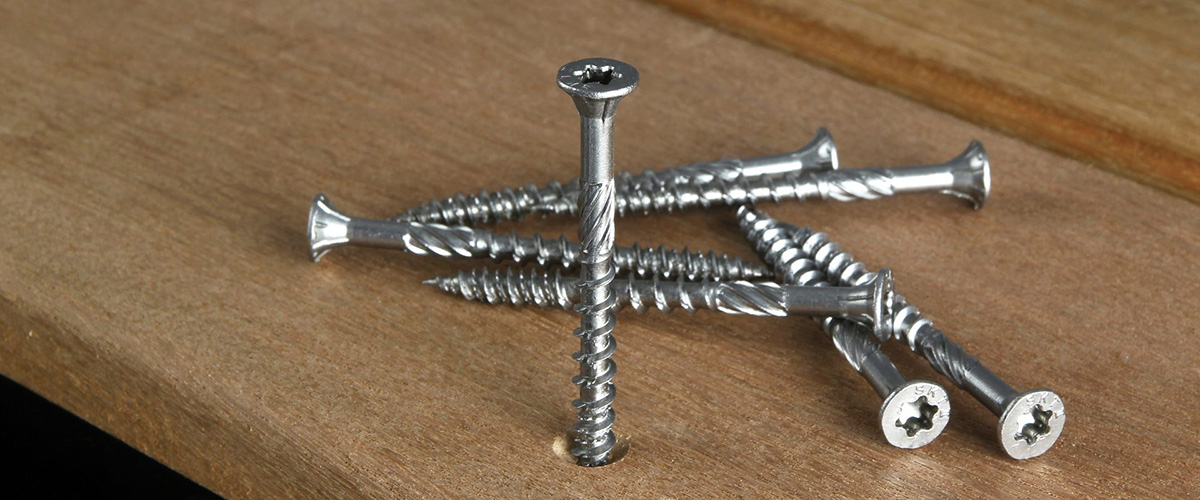
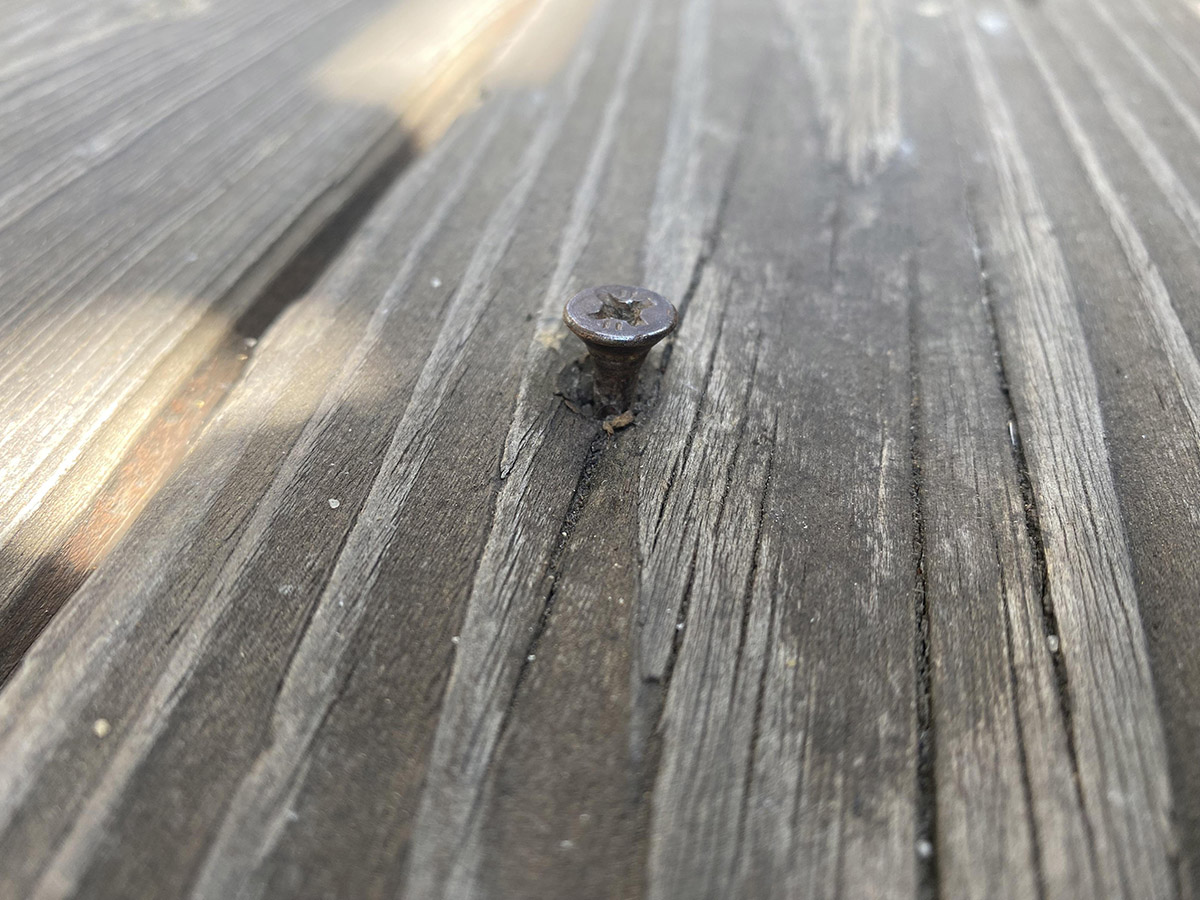
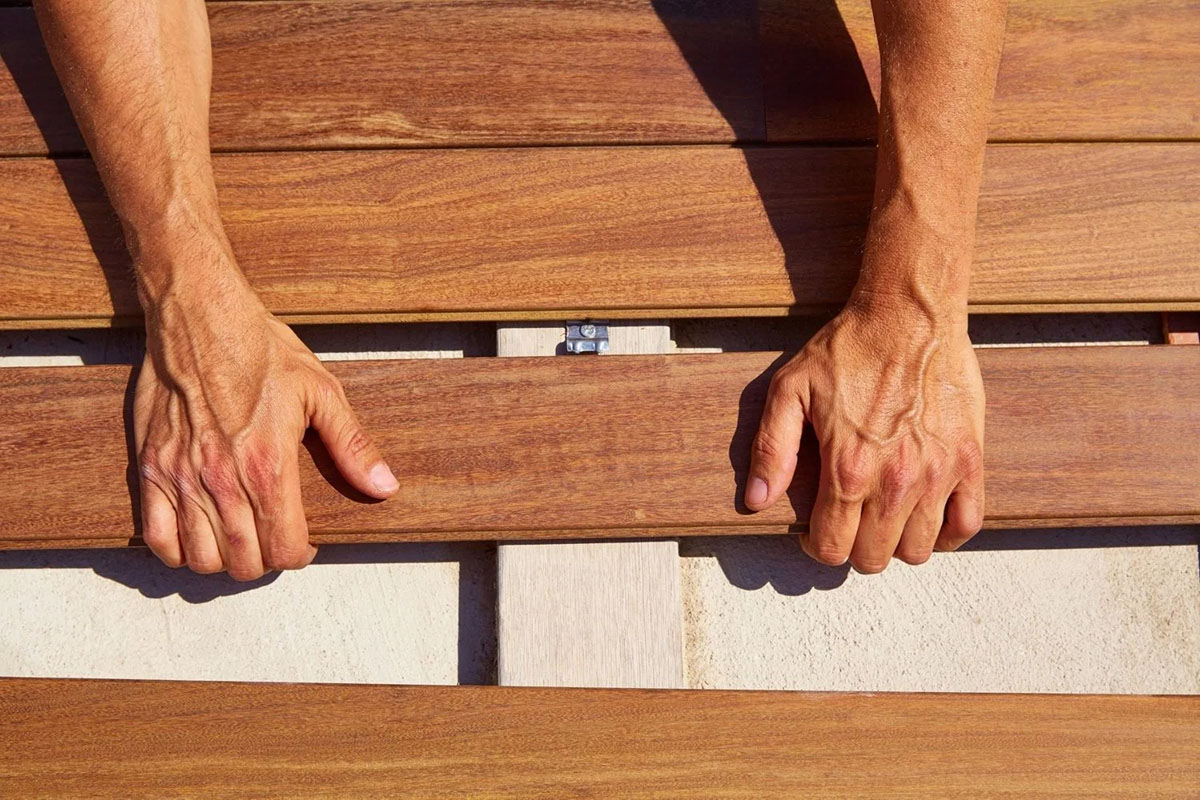
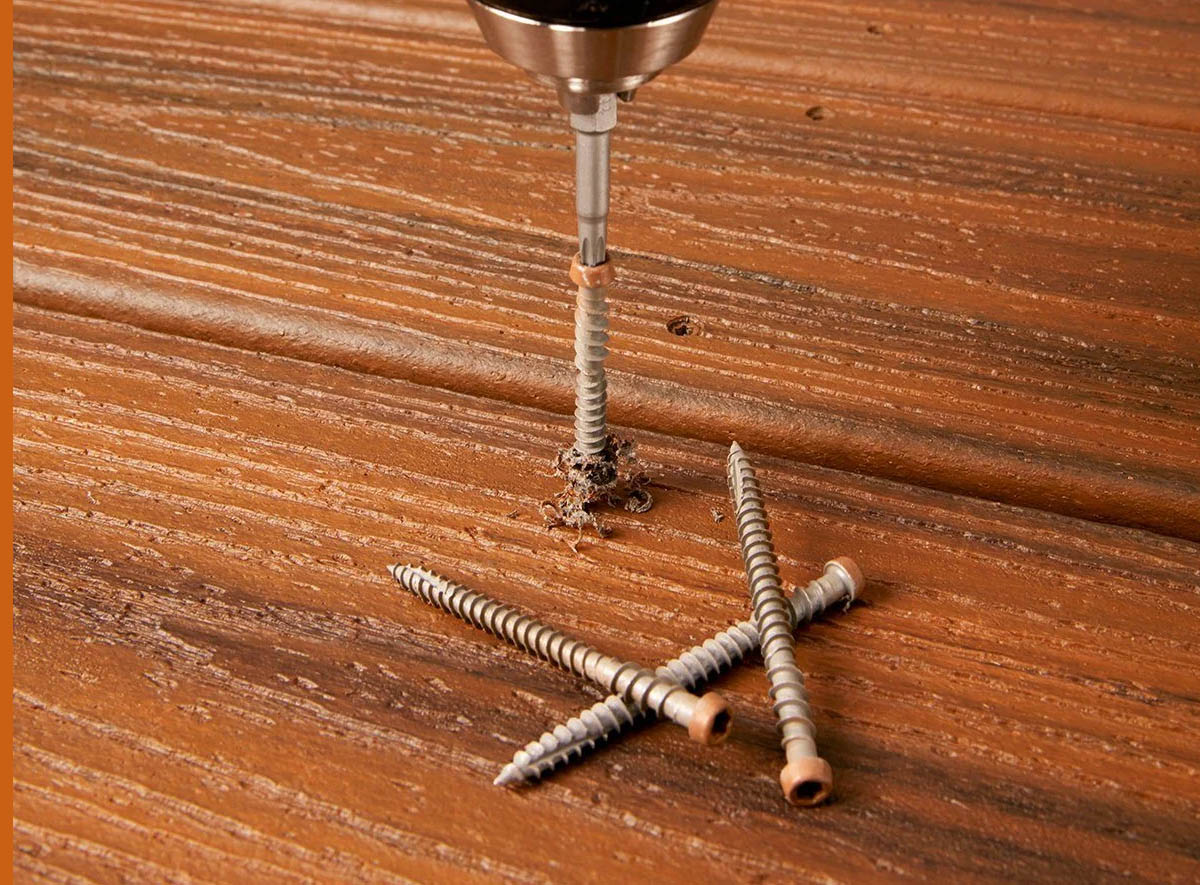
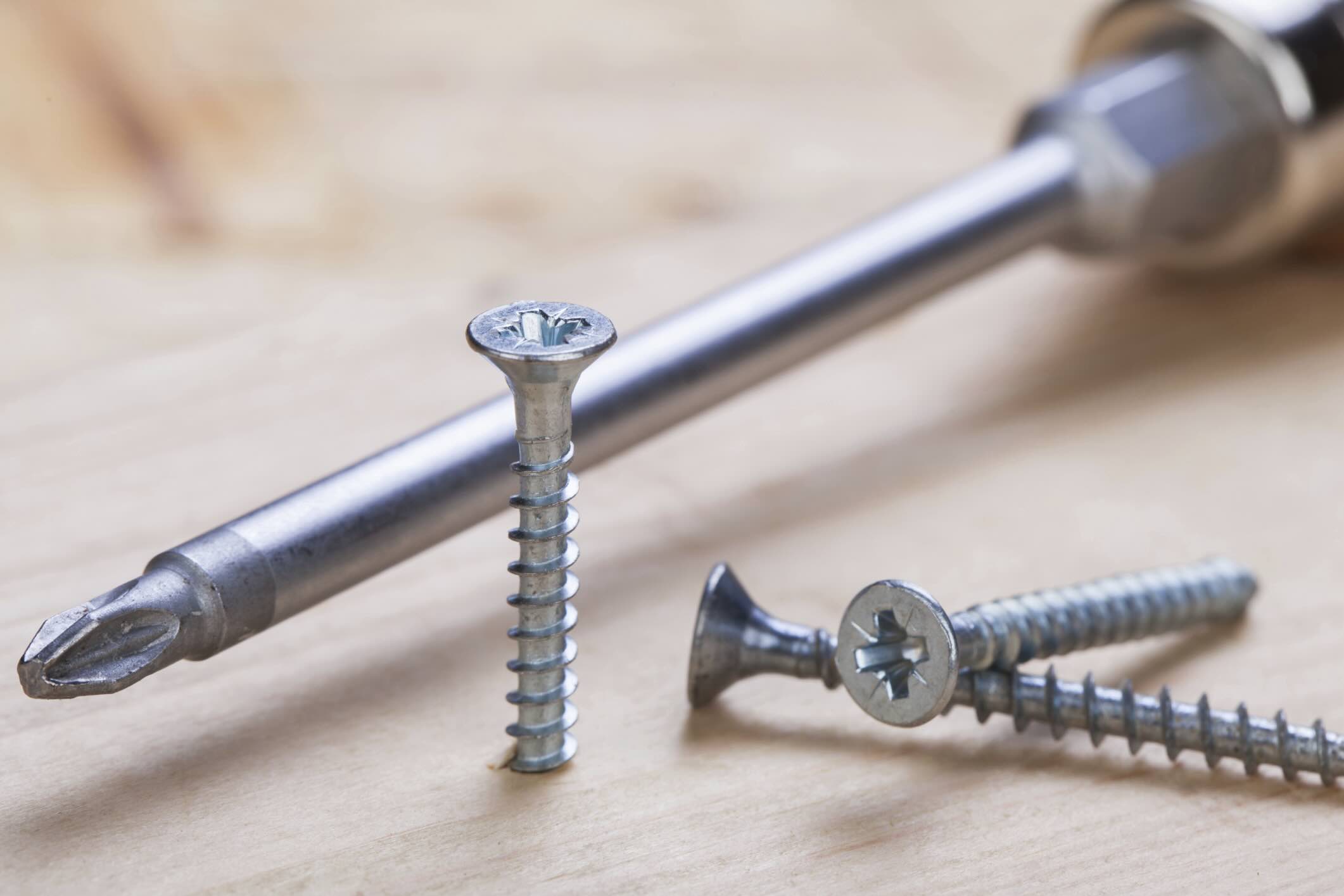


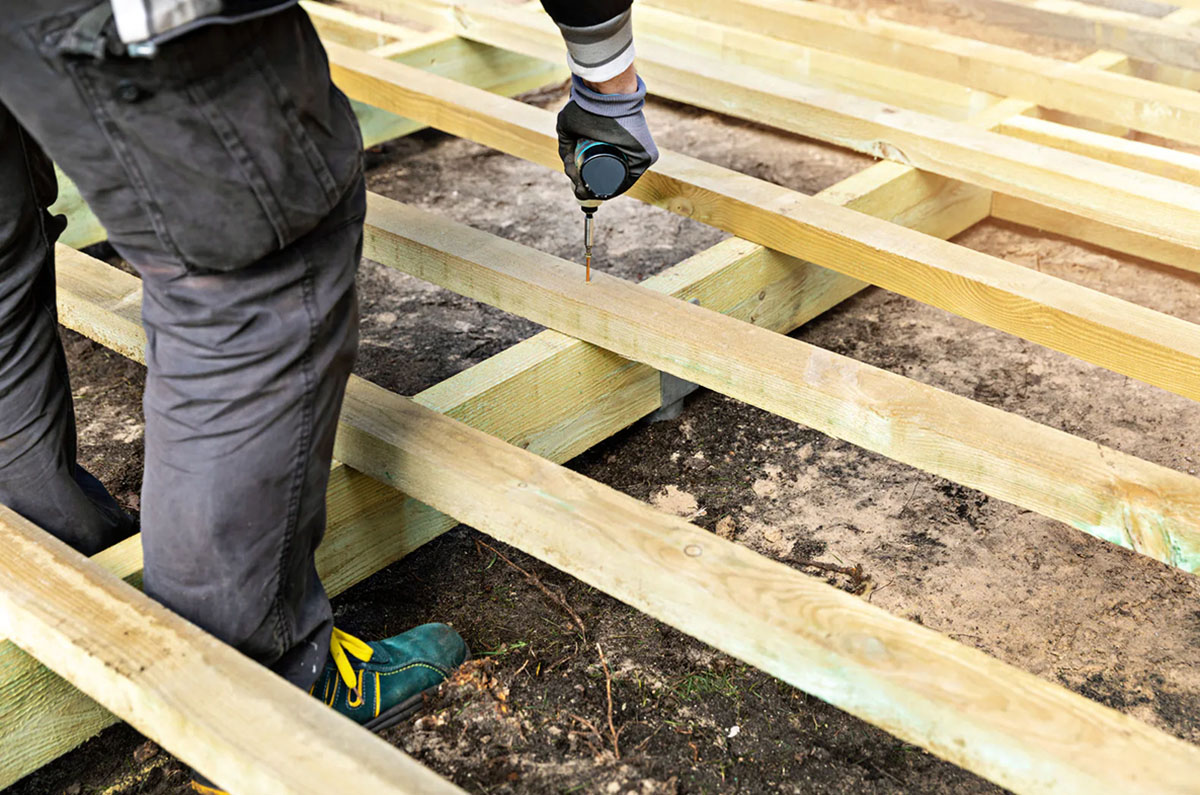
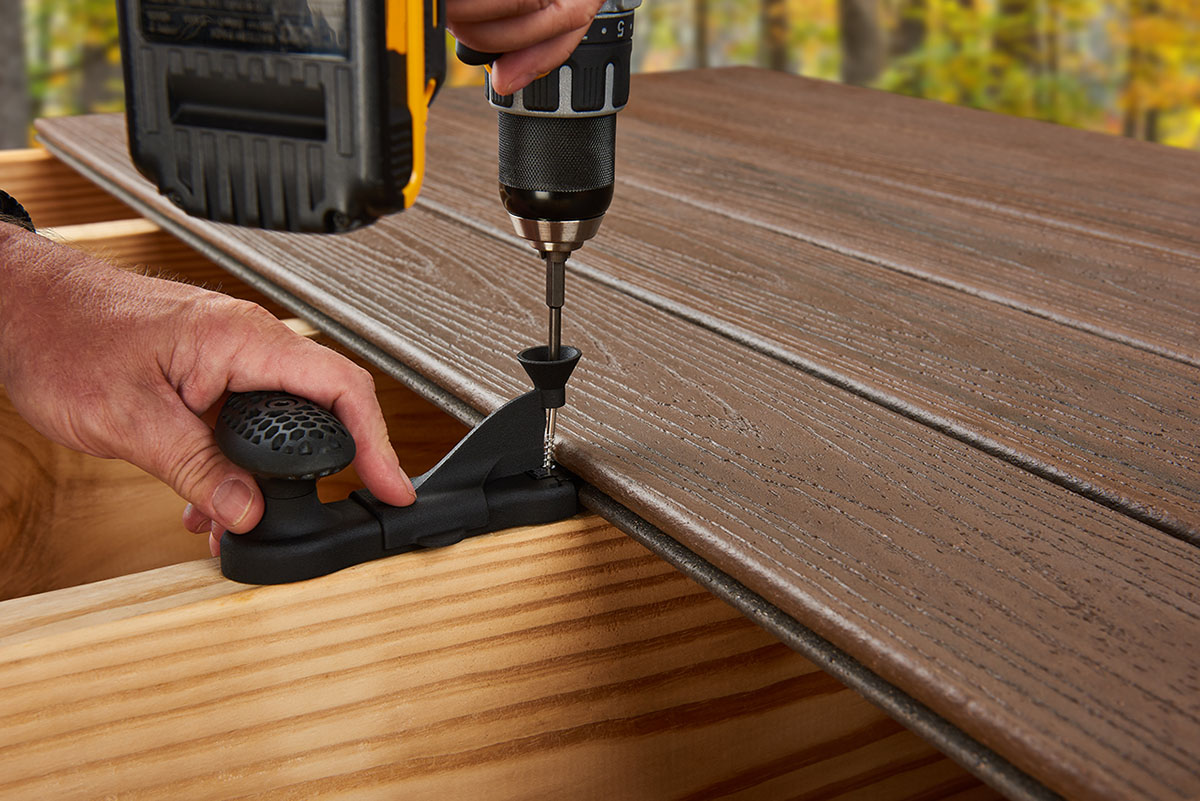

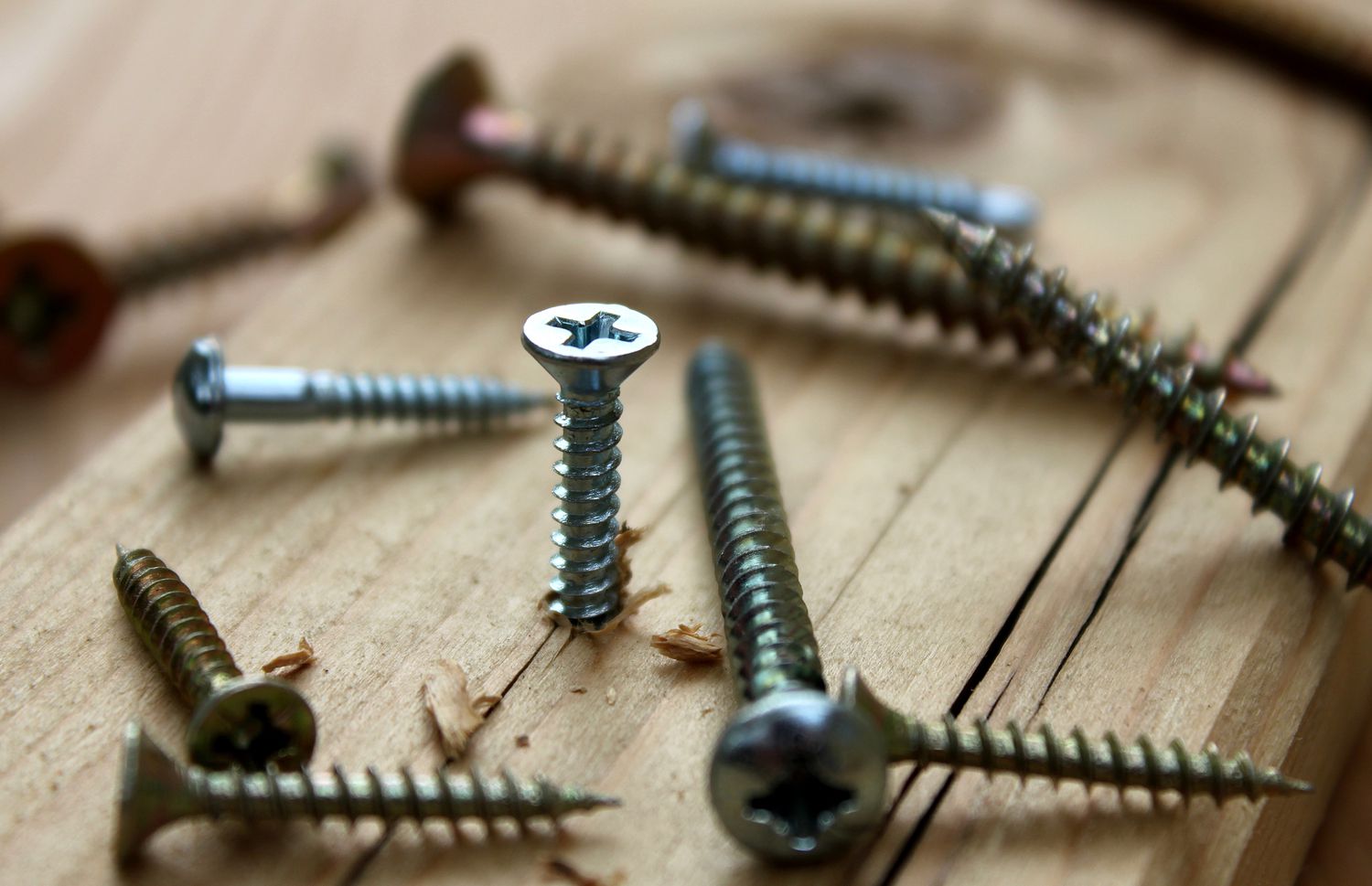
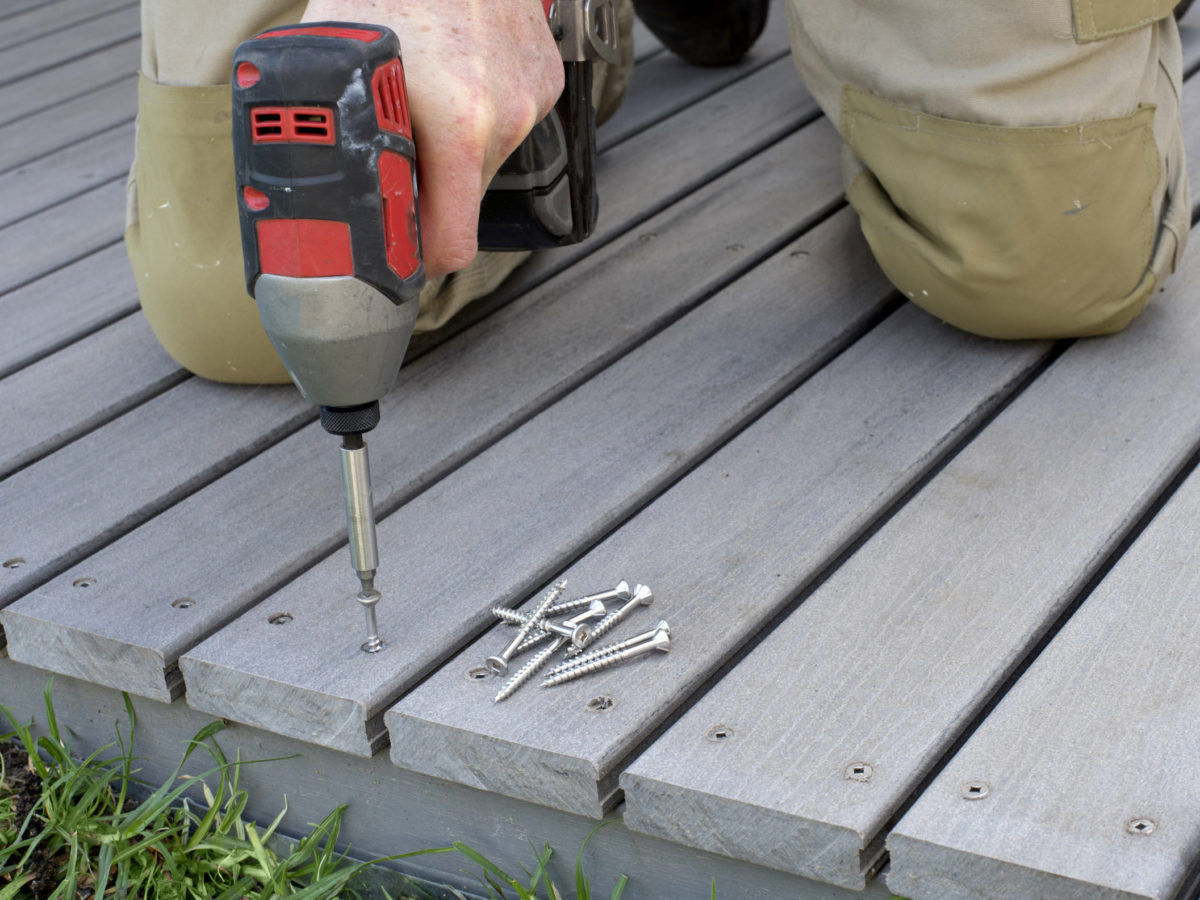
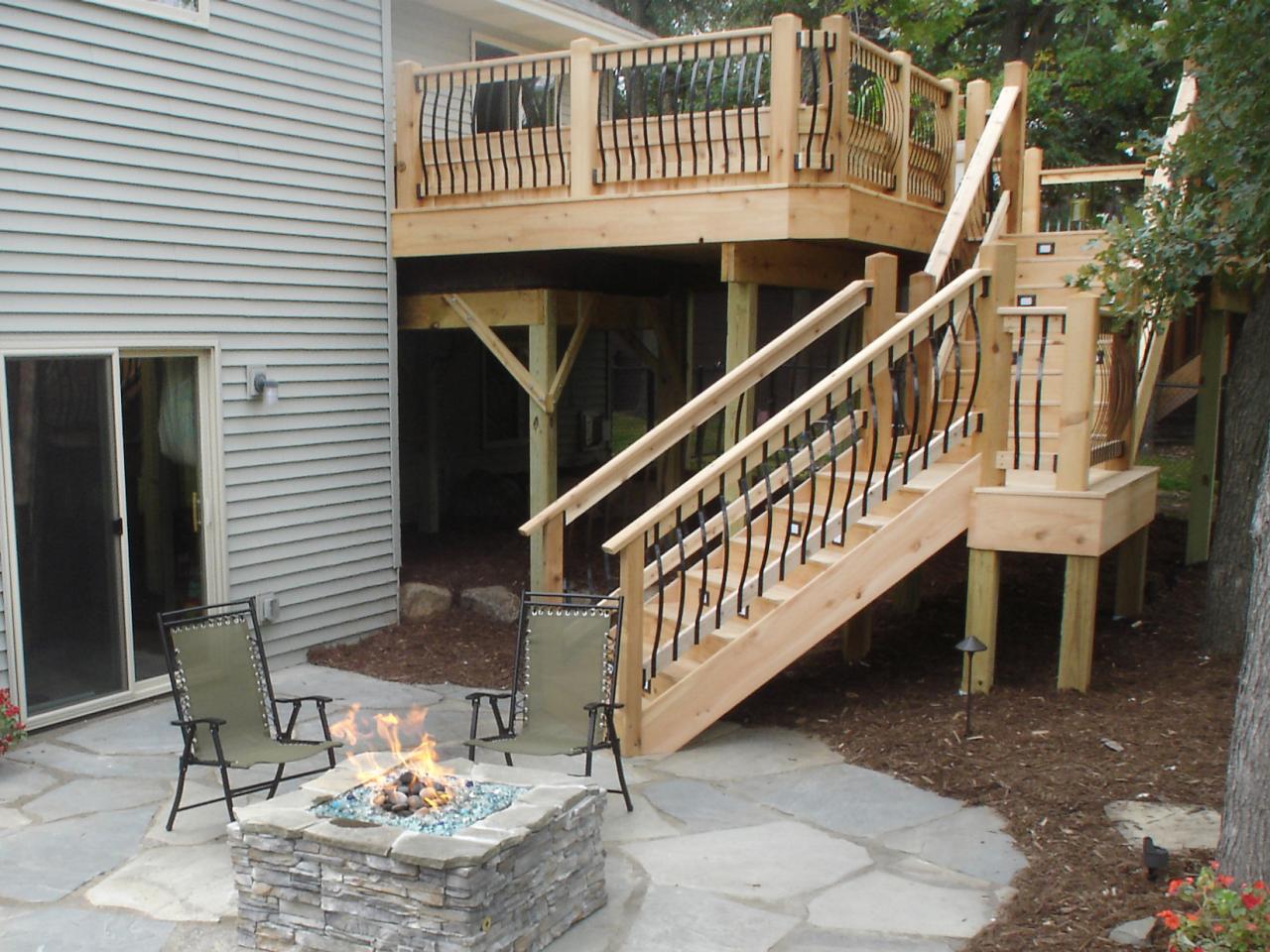

0 thoughts on “What Screws Do You Use For Decking”